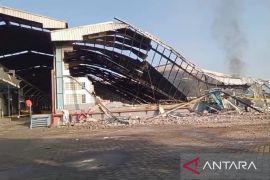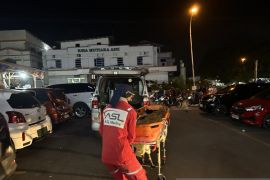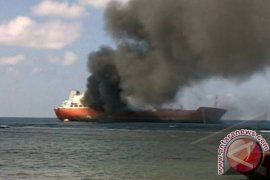The causes of fire might be related to the explosion of an LPG canister, a local resident named Masunah, said.
She said her LPG canister might be leaked when she used it for cooking. It suddenly exploded and the fire burned a number of kerosene tanks and a bottle of gasoline inside her house.
Masunah said she actually tried to extinguish the fire but the flames become bigger and uncontrollable.
Thanks to the help of local residents and coming of three fire trucks, the fire could finally be put out, she said.
Despite the fact that the accident remained under the local police investigation, this LPG canister blast had lengthened the number of cases in Indonesia.
Since the government began implementing its kerosene-to-LPG conversion plan in 2007, the LPG canister explosions had frequently occurred in various parts of Indonesia.
One of the causes was related to gas canister whose volume might have been removed and injected illegally.
Last February, Bali police, for instance, confiscated several thousand illegally-injected LPG canisters from a warehouse.
In dealing with gas canister blasts, President Yudhoyono had proposed that the LPG aroma be made more smelly to enable gas stove users to detect leaking LPG cylinders.
President Yudhoyono also underlined the importance of public awareness campaigns by issuing "secure gas use" posters.
Due to the danger of these illegal LPG injection activities to the doers and other people, the national police have also threatened the operators with severe punishment.
Chief of the National Police`s Detective and Anti-Crime Division Commissioner General Ito Sumardi has said those involved in illegal LPG injections would be indicted on multiple charges.
The multiple charges were meant as a deterrent to the public, he said.
With these multiple charges, the illegal LPG injection cases could be minimized in Indonesia because these crimes had contributed to the gas canister blasts, Ito Sumardi said.(*)
R013/HAJM
Editor: Jafar M Sidik
Copyright © ANTARA 2011











